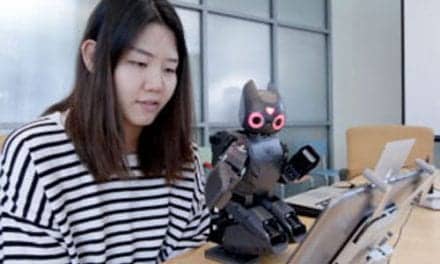Researchers suggest that using photo-excited porphyrins could suppress beta-amyloid plaques in the brain.
This could suggest new ways to help treat neurodegenerative diseases, including Alzheimer’s disease, according to a media release from Korea Advanced Institute of Science and Technology.
The study, by a Korean research team jointly led by Chan Beum Park, PhD, professor in the Materials Science and Engineering Department at Korea Advanced Institute of Science and Technology (KAIST) and Dr Kweon Yu from the Bionano Center at the Korea Research Institute of Bioscience and Biotechnology (KRIBB), was published recently in Angewandte Chemie.
The research team effectively prevented the buildup of beta-amyloids by using blue LED lights and a porphyrin inducer, which is a biocompatible organic compound. By absorbing light energy, a photosensitizer such as porphyrin reaches the excitation state. Active oxygen is created as the porphyrin returns to its ground state. The active oxygen oxidizes a beta-amyloid monomer, and by combining with it, disturbs its assembly, the release explains.
The technique was tested on drosophilae or fruit flies, which were produced to model Alzheimer on invertebrates. The research showed that symptoms of Alzheimer’s disease in the fruit flies, such as damage on synapse and muscle, neuronal apoptosis, degradation in motility, and decreased longevity, were alleviated. Treatments with light provide additional benefits: less medication is needed than other drug treatments, and there are fewer side effects. When developed, photodynamic therapy will be used widely for this reason, the release continues.
“This work has significance as it was the first case to use light and photosensitizers to stop deposits of beta-amyloids. We plan to carry the research further by testing compatibility with other organic and inorganic photosensitizers and by changing the subject of photodynamic therapy to vertebrate such as mice,” Park states in the release.
[Source(s): Korea Advanced Institute of Science and Technology, Science Daily]





